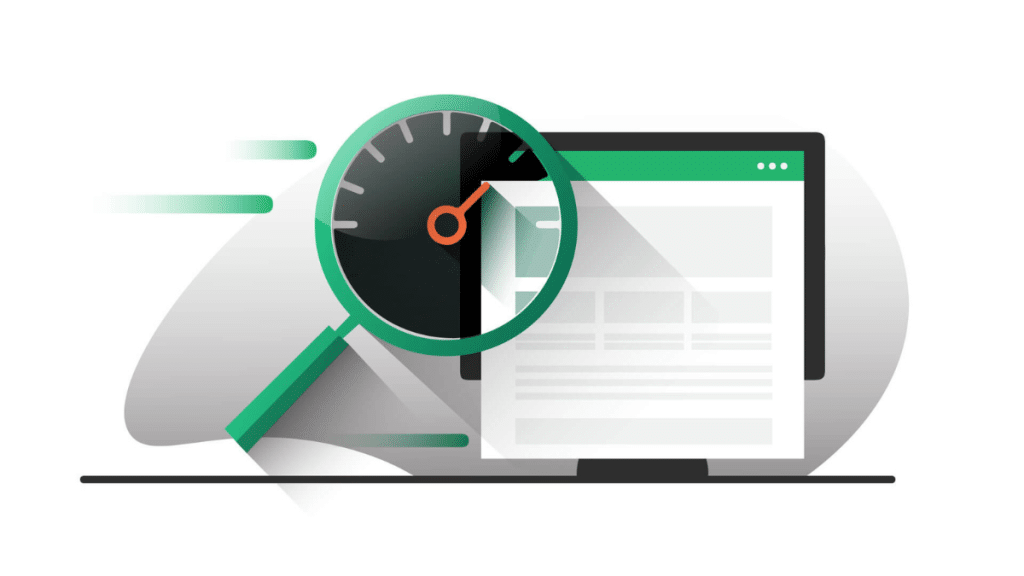In the rush to outshine competitors with flashy content and trendy features, many businesses overlook one of the most basic—but most important—factors of digital success: how fast your website actually loads. While back-end development often steals the spotlight in tech conversations, front-end speed quietly determines whether your site climbs search rankings, captures conversions, or fades into obscurity.
It’s not just about keeping impatient users happy. Search engines are watching too. Google and others now use page speed as a ranking factor, and what seems like a split-second delay to you could mean losing traffic, sales, and credibility. If your business depends on visibility, conversions, or trust (which is basically every business), front-end performance isn’t optional—it’s critical. Here are the reasons why speed at the surface level is the quiet power move in digital success—and what you can do about it.
Keep Up With Modern SEO Demands
Search engine optimization is evolving faster than ever. What worked five years ago—keyword stuffing, link farming, and overly dense content—doesn’t just fail today, it can hurt you. The landscape has shifted to favor quality, structure, and—yes—speed. Businesses looking to stay relevant need to understand the SEO shifts to make that go beyond content and into the bones of how a site functions.
Today’s search algorithms are designed to reward not just relevance, but experience. That means mobile friendliness, safe browsing, and front-end speed all affect where your site lands in the results. Even your bounce rate impacts your visibility. If users back out because your page takes too long to load, search engines notice and adjust rankings accordingly.
Getting ahead in SEO today isn’t just about writing better blogs or getting more backlinks. It’s about providing the kind of user experience that keeps people engaged.
Ensure Your Website is Built for Performance
Plenty of websites look great on the surface. Beautiful layouts, bold images, sleek fonts. But if all that beauty comes at the cost of speed and stability, you’ve built a digital billboard that no one sticks around to read. Instead of tying the front end of your site to the back-end system in a rigid way, headless web design separates the two—allowing for much faster load times, flexible updates, and highly customizable experiences.
Businesses that choose this type ofweb design aren’t just chasing trends. They’re setting themselves up for long-term speed and efficiency. Because when you remove unnecessary dependencies between how content is managed and how it’s displayed, you give your developers—and your customers—a better experience. Page speed improves. Mobile responsiveness becomes smoother. Integration with third-party platforms becomes easier. And most importantly, the people visiting your site don’t have to wait. And search engines love that kind of performance just as much as people do.
Don’t Lose Leads Before They Ever See Your Offer
Here’s something most businesses don’t realize: a slow-loading page doesn’t just frustrate users. It prevents them from ever engaging with your message in the first place. If your landing page takes too long to appear, your bounce rate spikes—and your potential lead vanishes. Worse yet, you might never even know it happened.
This is especially painful for paid campaigns. You’re spending good money to drive traffic to your site. But if the landing experience is sluggish, your cost per lead goes up, your return on ad spend goes down, and your analytics tell a misleading story. It’s not that your offer was bad. It’s that no one stuck around long enough to see it.
Don’t Let Your Brand Credibility Take a Hit Because of Your Load Times
Speed isn’t just a tech metric—it’s a trust signal. When someone clicks on your site and it takes more than a few seconds to respond, the question isn’t just, “Is this slow?” It’s, “Can I trust this company to get anything done right?” Like it or not, people associate performance with professionalism. And if your site feels broken, they assume the same about your brand.
That doesn’t just apply to customers. Investors, journalists, and potential partners often land on your homepage before they ever speak to you directly. If that first impression is full of glitches, lag, or dead ends, they won’t wait around for a second one. A business that can’t keep its digital house in order looks like one that isn’t ready to scale.
Stay Mobile-Ready
We’re well past the point where mobile optimization is optional. Most web traffic comes from different mobile devices, and if your site performs poorly on phones or tablets, you’re losing more than half your audience before they even begin to engage. Front-end speed on mobile is especially important because data connections vary, and screen sizes demand more efficient design.
Many companies mistakenly assume their site is “fine on mobile” because it technically resizes or looks okay. But mobile optimization goes deeper. How quickly does it load on 3G? Does it load all content above the fold within two seconds? Are key actions—like signing up, buying, or contacting—accessible without pinching and zooming?
When your mobile site is slow, you’re not just hurting the user experience. You’re hurting your SEO.
